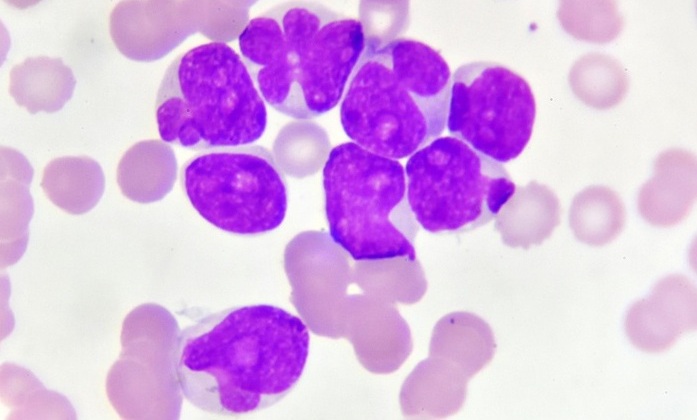Emerging Blood-Borne Bacteria Found in Blood Donors
By LabMedica International staff writers
Posted on 04 Apr 2016
Bartonella species cause chronic and intermittent intra-erythrocytic bacteremia and infect endothelial cells of both incidental and natural reservoir hosts. The establishment of chronic, stealth infection is achieved by evasion of innate immune responses.Posted on 04 Apr 2016
In humans, Bartonella species have been detected from sick patients presented with diverse disease manifestations, including cat scratch disease, trench fever, bacillary angiomatosis, endocarditis, polyarthritis, or granulomatous inflammatory disease.
An international team of scientists, led by those at the Western University of Health Sciences, Pomona, CA, USA), collected blood from 500 apparently healthy Brazilian voluntary blood donors in a cross sectional study. Bartonella species infection from the bloodstream was detected based on enrichment blood culture in a liquid growth medium (Bartonella alpha-Proteobacteria growth medium-BAPGM), coupled with isolation in solid medium. Bartonella-specific DNA was amplified by polymerase chain reaction (PCR), followed by DNA sequencing to confirm species identification. Of the ten Bartonella species that are believed to produce infection in humans, the most commonly encountered are B. henselae, B. quintana, and B. bacilliformis. The latter causes Oroya fever and Verruga peruana.
Bartonella species bloodstream infection was detected in 16/500 blood donors (3.2%). DNA amplification and sequencing identified B. henselae in 15 blood donors (3%) and B. clarridgeiae in one donor (0.2%). B. henselae bacteremia was also confirmed in six donors by bacterial isolation. Adjusted odds ratio indicated that subjects with cat contact, or past history of tick bite, were approximately three to four times more likely to have a Bartonella species infection than donors without cat contact or lack of history of tick bite.
The authors concluded that the risk factors of cat contact or tick bites should be considered during donor screening, as bacteremia by these Bartonella species may not be detected by traditional laboratory screening methods, and it may be transmitted by blood transfusion. The study was published on March 21, 2016, in the journal Public Library of Science Neglected Tropical Diseases.
Related Links:
Western University of Health Sciences















